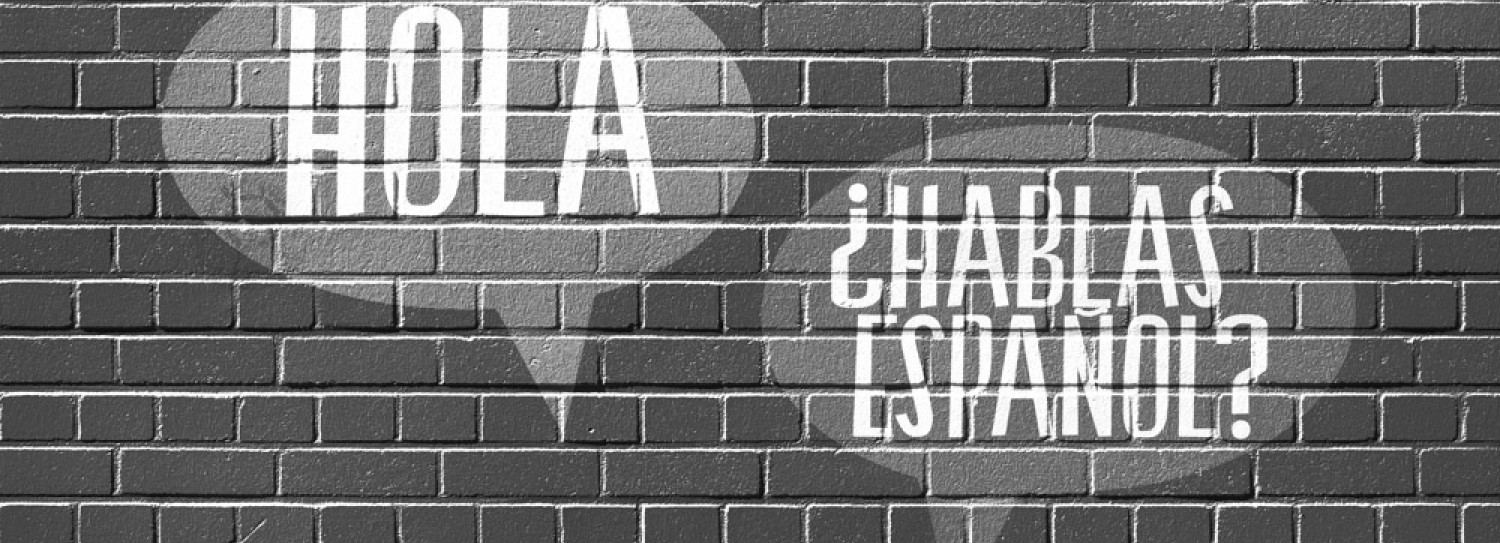
Spanish Phrases You Can Easily Use
Because many locals in Los Cabos speak English, it’s easy to be lazy-minded when it comes to learning Spanish here. By mastering a few basic phrases, you’ll earn the appreciation of residents. While Spanish pronunciations are somewhat challenging and a bit different from English, overcome your reticence and give it a try. The locals will love you for it.
Before we get to the phrases, understand that compared to our own, Spanish is a phonetic language. And while most Spanish letters are identical to those in English, many are pronounced quite differently. Try opening your mouth a little wider to properly enunciate the words.
A few basic rules:
· The letters “ai” have an “i/y” English sound
Example: Jaime (HI-meh)
· The letter “h” is always silent.
Example: Hugo (OO-goh)
· The letter “j” is pronounced like “h” in English.
Example: hombre (OAM-bray)
· The double “ll” is pronounced like “y” in Spanish.
Example: Llevar (ya-var which means to bring or to carry)
· The letter “ñ” - When you see a wave (tilde) on top of the letter “n,” use the “ny” sound, like the way the English word “canyon” is pronounced.
Example: España (es-PAHN-yah)
· The letter “q” is always joined with the letter “u.” The letter “u” is silent. The letters “qu” are pronounced like “k” as in kit
Example: quince (KEEN-say)
According to SPANISH in 10 minutes a day, an excellent language-learning kit, “Don’t worry about whether or not you roll your “r’s” perfectly. What is
important is to learn as many words as possible so that you can put them together in sentences and communicate.
The guide states that there are seven key question words to learn. Notice that only one letter is different in the Spanish words for “when” and “how much.” Practicing and saying these seven key question words will advance your progress.
· Donde (dohn-deh) = Where
· Qué (keh) = What
· Quién (kee-en) = Who
· Porqué (por-keh) = Why
· Cuándo (kwahn-doh) = When
· Cómo (koh-moh) = How
· Cuánto (kwahn-toh) = How Much
Now for some useful phrases:
Good morning – Buenos días (BWAY-noass DEE-ahss)
Good afternoon – Buenas tardes (BWAY-nahss TAHR-dayss)
Good night – Buenas noches (BWAY-nahss NOA-ches)
Good-bye – Adios (ah-de-oos)
See you later – Hasta luego (AHSS-tah LWAY-goa)
How are you? – Como está usted? (KOA-moa AY-stah oo-STAYDH)
Very well, thank you – Muy bien, gracias (mwee byayn GRAH-syahss)
And you? – Y usted? (ee-oo STAYDH)
Fine – Bien, gracias (byayn GRAH-syahss)
Excuse me – Discúlpeme (dee-SPAYN-say-may)
Nice to meet you – Mucho gusto (moo-choh goos-toh)
Hello, what’s your name? – Cómo te llamas? (oh-lah koh-moh teh YAH-mahs)
My name is…Mi nombre es (mee nohm-breh ehs)
Where are you from? – De dónde eres? (deh dohn-deh eh-rehs)
Do you speak English? – Habla usted inglés? (AH-blah oo-STAYDH eeng-GLAYSS)
I understand – Comprendo (koam-PRAYN-doa)
I don’t understand – No comprendo (noa koam-PRAYN-doa)
What is that? - Qué es eso? (keh es eh-soh)
That is water - Eso es agua (eh-soh es ah-gwah)
I want / would like a glass of water… - Yo quiero un vaso de agua (yoh kee-yeh-roh oon vah-soh deh ah-gwah)
Please give me… - Por favor, déme (poar fah-VOAR DAY-may)